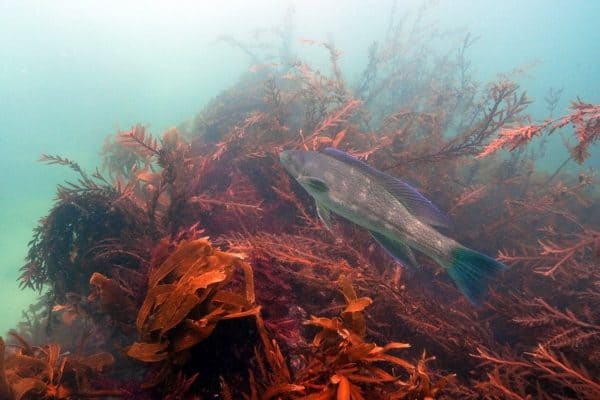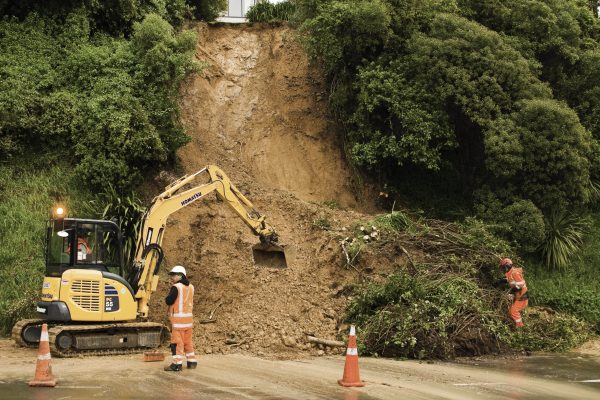The 2010-2011 Canterbury Earthquake Sequence: a legacy of research collaboration
12/02/2019
By Dr Matthew Hughes and Dr Liam Wotherspoon
This year February 22nd marks the eighth anniversary of the devastating 6.2 magnitude Christchurch Earthquake, which occurred at 12.51 p.m. in a busy lunch hour. What we now call the 2010-2011 Canterbury Earthquake Sequence had begun nearly six months earlier, in the early hours of 4th September 2010, when the region was rocked by the 7.1 magnitude Darfield Earthquake. While no fatalities occurred during this initiating event, the damage to land and the built environment was a foretaste of the impacts to come throughout 2011.
One of the enduring legacies of the Canterbury Earthquake Sequence is strong relationships between Resilience to Nature’s Challenges researchers and a range of stakeholder organisations. These collaborations are examples of successful co-created research projects that have both academic and practical value.
The February 2011 Christchurch Earthquake set in motion a mammoth campaign of infrastructure repairs and assessments undertaken by utilities operators. In parallel to this campaign, multi-faceted research programmes began, forging collaborations between utility operators, consulting firms, universities and Crown Research Institutes, all of whom worked together closely to understand earthquake impacts to vital infrastructure lifelines.
Severe liquefaction across Christchurch led to significant damage to a range of buried infrastructure networks, including the water supply pipe network and electricity cables. Following each significant earthquake, Christchurch City Council recorded damage to the water supply network, and Orion recorded damage to the electricity distribution. The collation of these authoritative damage datasets, compiled from inspections and repair records, has enabled researcher and stakeholder collaborations to figure out why the damage occurred, and to work towards a better understanding of future network performance.
For example, the precise locations of network damage, their specific modes of failure, and the pipe or cable types on which they occurred, have been linked to the severity of ground shaking and liquefaction at those sites. Now this research is being used to develop models that can estimate damage, being able to both represent the observed damage in past events, and assess how much damage future events might cause. The research has stimulated thinking behind more resilient design, including informing design standards and asset management approaches.

Irmana Garcia Sampedro is a Strategic Asset Engineer at the Christchurch City Council, and was formerly a member of the Stronger Christchurch Infrastructure Rebuild Team, an alliance of utility owners and consulting firms tasked with rebuilding Christchurch’s water and road infrastructure.
She says: “As a reticulation asset manager, since 2014 I have been heavily involved in several research projects including investigating damage to, and loss of grade of, Christchurch’s wastewater pipe network. This work has shifted to deeper analysis comparing pre- and post-earthquake waste water condition assessments, and linking these observations with geospatial models of ground deformation. These projects have provided to industry a good understanding of the damage.”
“Moving into the ‘preparedness’ space, in 2017 I was involved with very interesting research on a decision-support algorithm for post-earthquake water services recovery. And in 2018, a researcher and I documented lessons learned for assessing earthquake impacts to buried assets, including best approaches for data systems and management. This work was awarded paper of the year by the New Zealand arm of the Institute of Public Works Engineering Australasia, showing howthe engineering and emergency management industries found high value in these collected lessons learnt.”
Orion is Christchurch’s primary electricity distributor, and due to asset strengthening prior to the Canterbury Earthquake Sequence, the networks demonstrated resilience to earthquake shaking and liquefaction. This enabled rapid restoration of service across the city. Never the less damage did occur, providing valuable lessons on impacts to electricity systems.
Shane Watsonis Orion’s Network Strategy and Transformation Manager. He says: “Orion has worked with researchers to analyse the effects of the 2011 earthquakes on its underground infrastructure. The accurate characterising of cable damage, associated with geospatial modelling, delivers enhanced spatial views that allow us to better understand, assess risk and better plan for the future replacement and development of the electricity network. The continued development of spatial models has led us to further collaborate, and develop further modelling to allow for multi-hazard and system resilience assessments.”
It is often said that crises present opportunities. While Christchurch’s built environment and infrastructure lifelines were severely tested, close collaborations between Resilience Challenge researchers and key stakeholders have helped enhance our understanding of disaster impacts, and will continue to inform resilience across Aotearoa/New Zealand.



